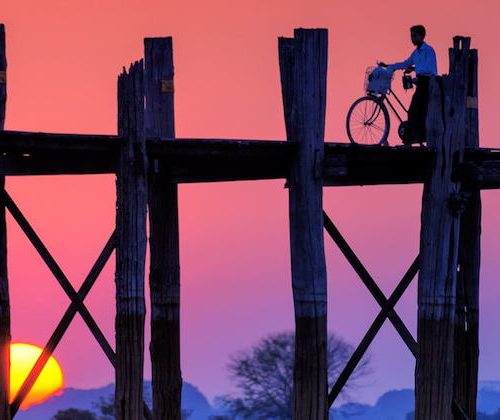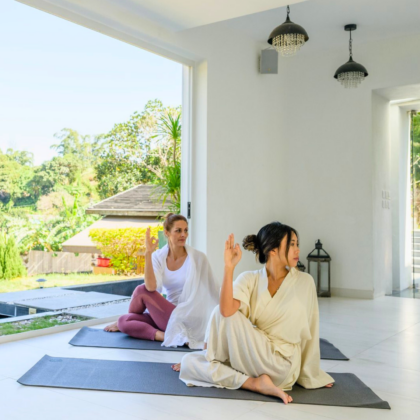Mingalaba (hello!) Myanmar!
Ranked high amongst the top places to travel to in 2017, Myanmar seems to be the place to visit this year. Just a three-hour flight away from Hong Kong and only having opened its door to tourism recently, Myanmar offers up an authentic Burmese experience without the tourist crowds (for now). Whether you’re after picture-perfect pagodas in Bagan, desperate to walk on the oldest teak bridge in the world or keen to stuff your face with Shan noodles, Myanmar is easily one of the coolest places to explore in Southeast Asia.
And if Myanmar hasn’t made it onto your bucket list yet, check out our bite-size guide for tips on where to stay, where to eat, and what to do in one of the world’s hottest travel destinations to get you going…
Read more: 10 Tips for Solo Female Travellers
Where to Stay:
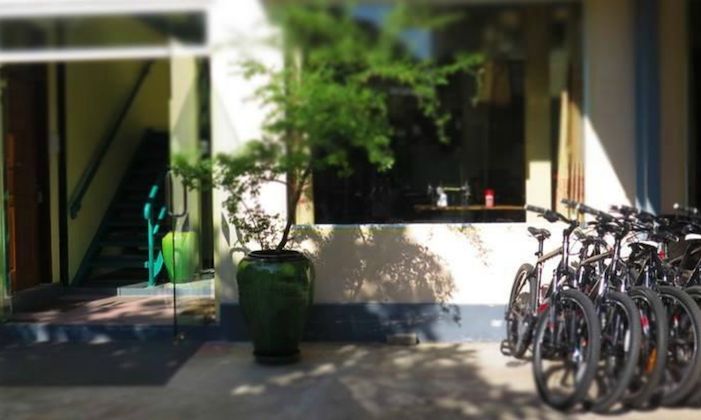
Yangon
Bike World Bed, Breakfast & Bike Inn
This family-run B&B is hands down the best place to stay in Yangon. Soesoe and Jeff are wonderful hosts who go out of their way to welcome and look after their guests. The rooms are of high standard and don’t skimp on comfort. Their delicious home cooked breakfast includes a variety of fresh fruits, warm bread, quality coffee and jam. Bike World is a unique place to stay (and not only for bikers!); the atmosphere is homey and in it’s situated in an excellent location close to Inya Lake. The neighbourhood is quiet, safe and close enough to the city centre, making the best of your stay in Yangon.
Read more: Travel Kyoto: Top Picks and Local Favourites
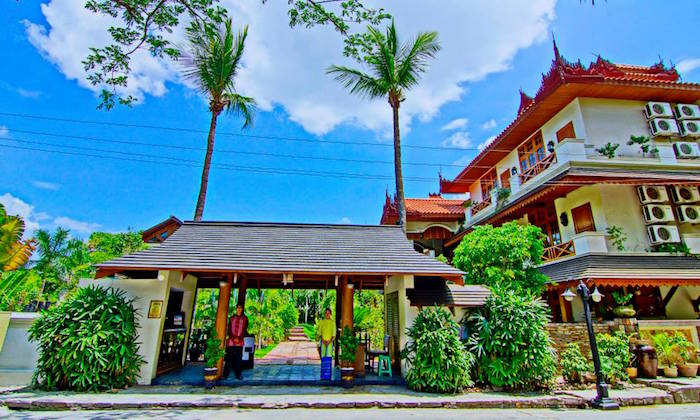
Mandalay
Blending sumptuous Burmese style with international boutique chic, this charming boutique hotel in the suburbs of Mandalay is a haven befitting the city’s former royal connections. Hotel by the Red Canal features superb, spacious rooms with private outdoor showers, spas with skilled masseurs and fantastic food options. Don’t miss out on its daily happy hour by the pool with free drinks and live Burmese music!
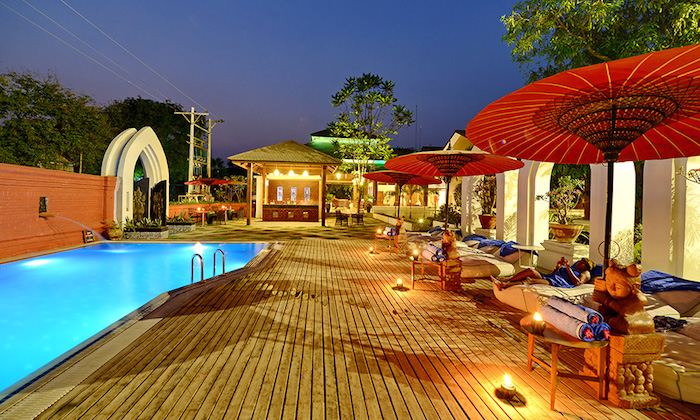
Bagan
What’s better than taking a dip in the pool after a long day of temple hopping? Conveniently located amidst great eateries, ZFreeti Hotel features a cozy swimming pool, comfortable rooms, offers free e-bike rental and serves up a delicious Burmese buffet breakfast that you simply can’t miss. Great value for money, not only for budget travellers but also families visiting the pagoda town.
Sassy tip: Stay in Nyuang U when visiting Bagan. The hotels are much cheaper and you get to experience the local culture much more so than staying in the Old Bagan or New Bagan area.
What to Do:
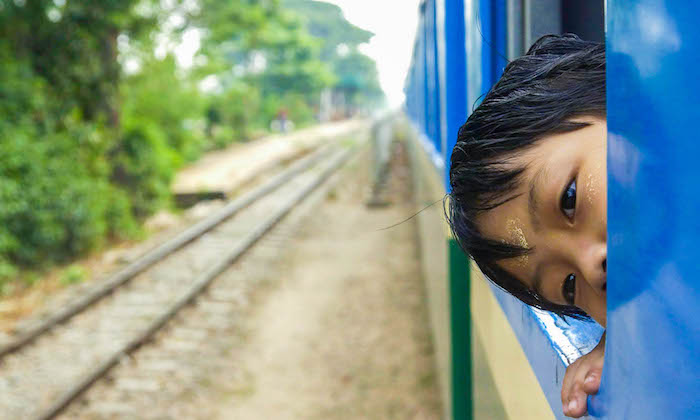
Yangon
Yangon Circular Railway
Looking for a true Myanmar experience? Ride the Yangon Circular Train like a local and experience this daily commute first-hand as you travel through the city’s rural landscape.
For just K1,000 (US$1) this train will take you around Yangon and to the neighbouring countryside where you can interact with friendly locals or just watch the world go by. The entire circle takes three hours to complete but you can hop off at any time.
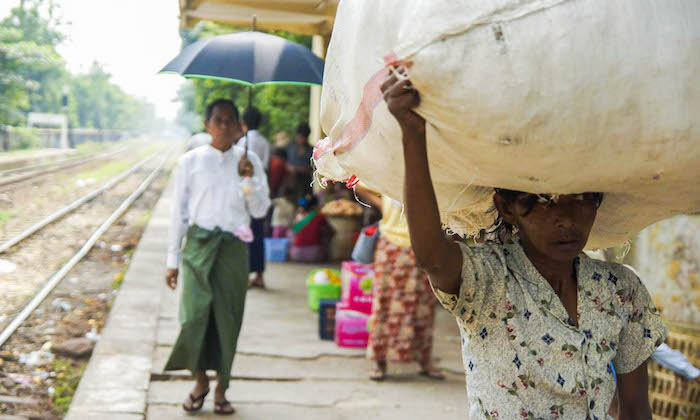
You might have never thought a tourist attraction would involve sitting for three hours on a rusty, uncomfortable, un-air-conditioned train, but this ride is probably going to be one of the most fascinating and non-touristic adventures you’ll ever have. Hop on the train with an open mind and watch the landscape changes from concrete buildings to rustic villages and paddy fields as it moves away from the city and picks up men and women carrying white sacks of fresh fruits, vegetables and even live chickens. An overload for the senses!
Sassy tip: Ride between 10am-4pm to avoid the peak hour crowds. Passports are required for ticket purchase.
Read more: Beyond Bali: Where to Travel In Indonesia
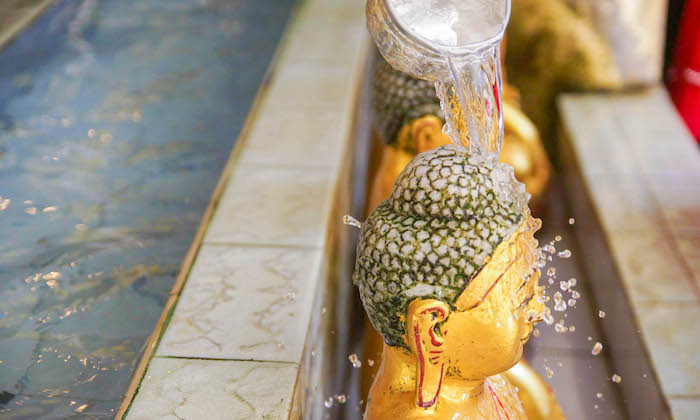
Shwedagon Paya
No visit to Yangon is complete without visiting its most sacred religious site, the Shwedagon Pagoda. Believed to be the oldest pagoda of its kind in the world, the 99 meter high gold-plated stupa is visible from much of the city.
All through the day you will see a steady flow of locals, monks and tourists circling between pagodas at the base of the 2,500 year-old golden stupa. For early risers, it’s best to visit when it’s still dark so you can catch the magnificent sunrise (the pagoda opens at 4am). The most popular time to visit is at sunset (around 4pm), however. As the sun dips the pagoda glitters against the dark night sky and devotees light thousands of lamps and candles all around the pagoda.
Sassy tip: Wear shoes that are ‘pagoda ready’ (i.e. easy to remove). Follow what the locals do and bring a bag for your shoes.
Located on the top floor of Sakura Tower, this rooftop bar offers access to a stunning panoramic view of the Yangon skyline. Spot the sparkling Shwedagon Pagoda, old colonial buildings and the leafy and rural Dala Township on the other side of the Yangon River. The bar plays a mixture of English and pop Burmese songs and drinks are inexpensive, especially during Happy Hour (5pm-7pm) when entry is half the regular price of K10,000 (US$7).
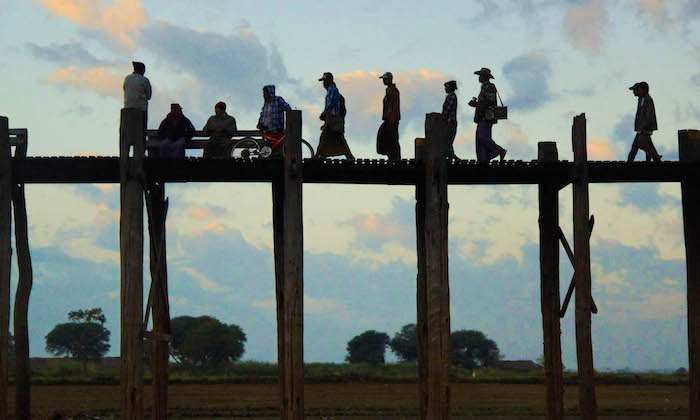
Mandalay
U Bein Bridge
Believed to be the oldest and longest teakwood bridge in the world, the 1.2 km long U Bein Bridge is one of Myanmar’s most iconic sights and hands down one of the most photogenic locations in the country.
Mandalay and its surrounding ancient cities have many attractions and sunrise/sunset views, but if you only have time for one, it has to be U Bein Bridge. The true magic lies in experiencing the bridge at sunrise. Wake up early (golden rule if you want to skip the crowd) and get there before 5am.
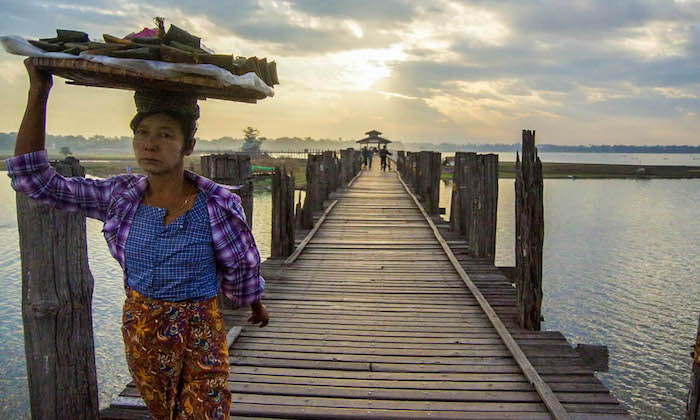
As the sun rises, local commuters and a stream of vendors and monks begin to cross the bridge on foot or by bicycle. The sunlight creates a spectacular reflection on the lake, and watching the monks wander across in their orange robes is very different from experiencing their culture at the temples. Here you will see them strolling, laughing and having a good time as they cross.
Read more: 10 Reasons to Visit Iran
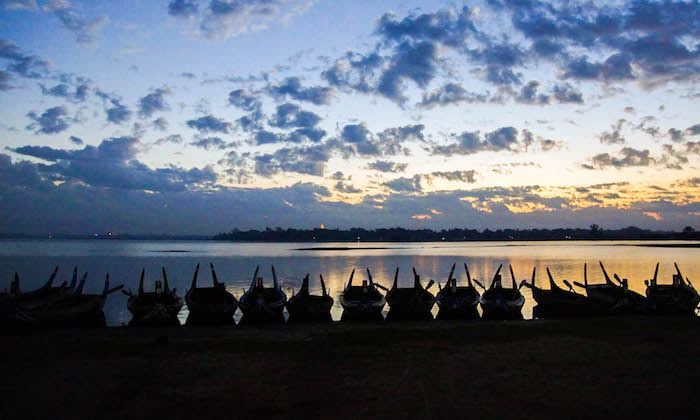
It is best to visit U Bein Bridge during dry season from February to May, as you can meander under the bridge and through small crop fields, whereas during the wet season, the water level can reach the top of the bridge and stop you from crossing.
Sassy tip: Bring water and snacks if you’re waiting for the sun to rise! There are snack stands near the bridge but they sell mostly chips and candy.
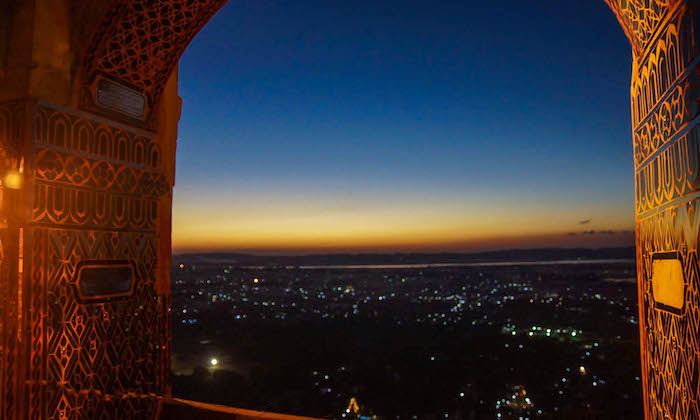
Mandalay Hill
Walking 760 feet up to Mandalay Hill is undoubtedly the best way to get your bearings. It is a peaceful, forested walk that takes between 30 and 45 minutes, depending on your level of fitness. You could take a taxi to bring you to the top, but if you ask me, the walk makes the experience special. There is no shortage of refreshment stalls and bench seats lining most of the walkway as you near the glittering gold pagoda at the top, so it is very easy (and more pleasant) to take your time.
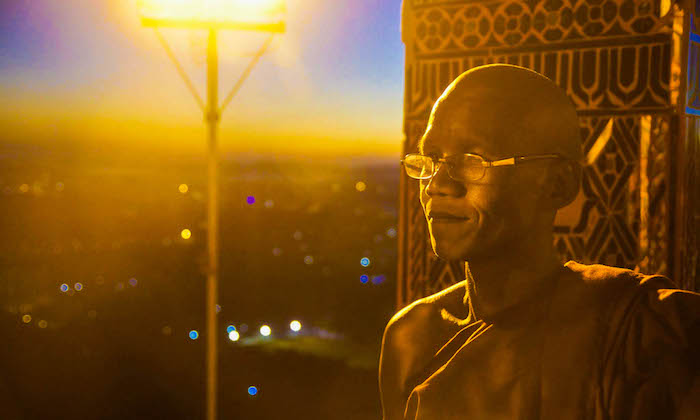
Once you’ve reached the top, you’ll arrive at the Sutaungpyei (literally, wish-fulfilling) pagoda, which features a spacious, ornately tiled patio where you can catch a panoramic view of Mandalay city. Witness Mandalay encased by snaking rivers and distant mountains, the sunset paints everything (even the monks) in gold as the light diffuses on the pagoda.
Sassy tip: There is a K1,000 camera fee at the top. You’ll also be asked for K300 to keep your shoes at the bottom (yes you need to walk up with bare feet). The best way is to tuck your shoes in your bag and take them with you so you have the flexibility to walk down a different side on your descent or to take a taxi down. Knees and shoulders must be covered at the pagoda.
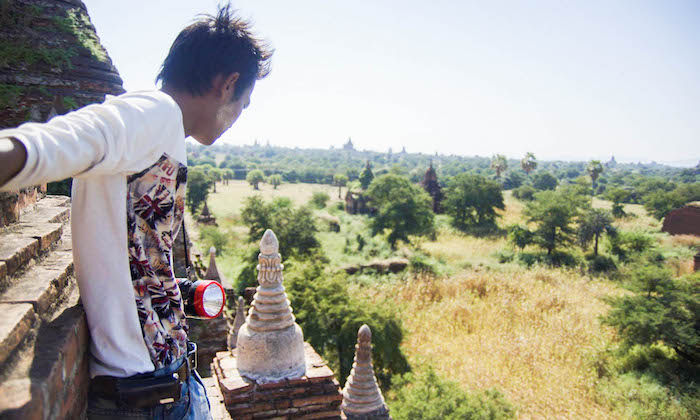
Bagan
Hot air balloons against the backdrop of a thousand pagodas – this iconic view of Bagan is what most people (including myself) picture before visiting. The many temples and pagodas of Bagan are surrounded by three towns; Old Bagan, New Bagan and Nyaung U. Nyaung U is the busiest but more budget-friendly compared to the other two towns.
Bagan can be explored entirely on bicycles or E-bikes (which only go as fast as 40km/h). Be prepared to be a little ‘templed-out’ as Bagan is filled with over 2,000 pagodas. You will see pagodas in different sizes around every corner, alongside every road, tucked away behind housing and shop fronts and scattered across the grass fields. So stop by any pagoda you find interesting and explore to your heart’s content!
For sunrise views, Shwesandaw Pagoda is one of the best locations to snap that iconic hot air balloon, panoramic photograph. The stairs on each side of the pagoda which lead to the top are seriously long and steep (#squatgoals) and definitely aren’t for the faint hearted. It might sound scary but once you’ve reached the top, the view is unlike anything you’ve seen before. On the downside, however, the pagoda is accessible to buses so it’s almost guaranteed that you will share your sunrise moment with many others. On the flip side, the pagoda has five terraces meaning there is room for everyone.
You might find it more enjoyable to go off the beaten path (i.e. off the main paved roads and onto the dirt roads) and explore the smaller pagodas that aren’t reachable by large tour buses. Some of these pagodas are well maintained, but others were a little run down, which makes them even more interesting.
Sassy tip: Some pagodas in Bagan have secret passages that lead you to the top. It’s basically a small hole in the wall with an extremely steep and narrow staircase. Watch out for these secret passages and they may reward you with stunning views all to yourself.
Read more: 8 Things Travel Guides Won’t Tell You About Sri Lanka
What to Eat:
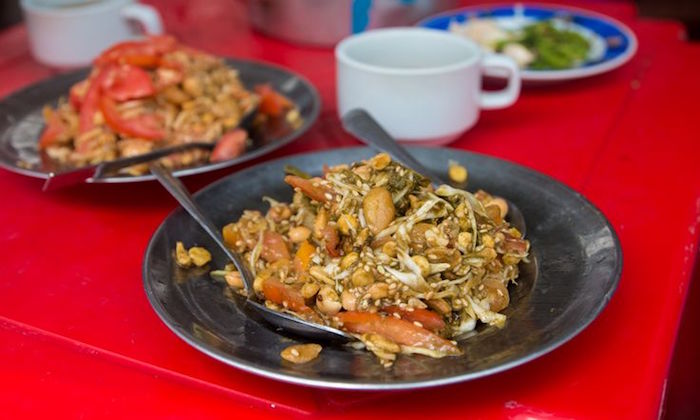
Lahpet Thoke (Tea Leaf Salad)
Just because you won’t find a McDonald’s or Burger King in Myanmar, doesn’t mean that locals aren’t getting their fast-food fix. I’m talking about Tea Leaf Salad – and you’ll know why if you’ve tried this special delicacy! What’s outstanding about the salad is the delicate use of bitter and tart fermented tea leaves. The ingredients used are great in variety, including crunchy dried peas and beans, peanuts and garlic. It can also come with dried shrimp,shredded cabbage or tomato. You can find lahpet thoke everywhere, from the north to the south, from the fanciest restaurants to food stalls on the street (where it tastes the best, obviously).
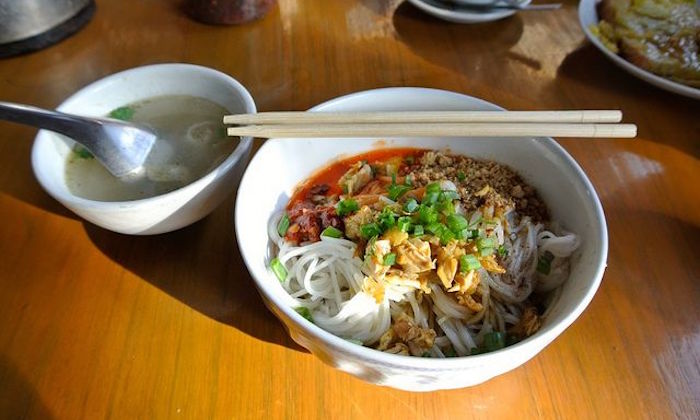
Shan Noodles
This delicious dish derives from the ethnic group of Shan who live in the northern part of Myanmar. It is the perfect combination between thin noodle and chicken, marinated pork, roasted sesame seeds and garlic, served with pickled vegetables and broth. Highly recommended by locals and tourists alike, 999 Shan Noodle House in Yangon serves up some of the best Shan noodles in Myanmar. You will probably end up finishing not one, but two bowls of its yummy noodles (don’t judge me).
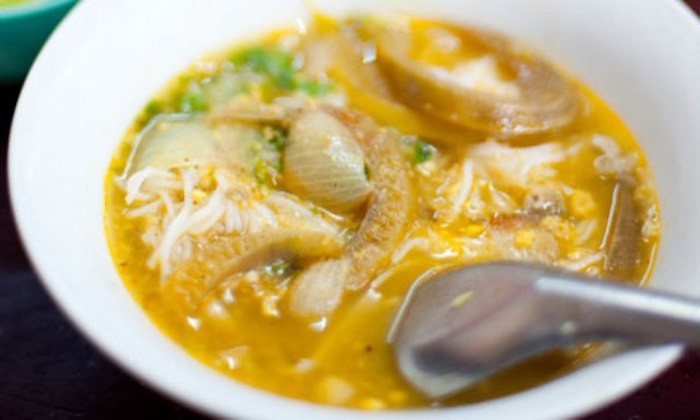
Mohinga (Fish Noodle Soup)
It’s not official, but if Myanmar were to name a national dish, Mohinga would be it. The main ingredients for this dish include; chickpea flour, roasted rice and catfish cooked in soups flavored with turmeric, ginger, chili powder, garlic and lemongrass. This dish is very popular in much of the country and sold all day in many towns and cities, as breakfast, a street-food snack, or the main dish of a comforting meal.
Read more: 48 Hours in Singapore: The Ultimate Foodie Guide
Sassy tips and tricks:
- You get a much better rate if you exchange your USD to Kyatt at the bank than from the airport or your hotel. You can always hire a driver to take you to where you want to go. If you let them know that you only have USD, they can take you straight to the bank before your hotel, saving you from having to search for one nearby.
- If you are biking in Bagan, bring a map with you. Most of the signs are in Burmese and your map will be your way out of the maze.
- Don’t rent a car or a horse and cart for your trip around Bagan. Go with a traditional bike or an electronic one as there are many temples which aren’t listed on your map, and it’s likely that you will only be able to visit these hidden gems via bike.
Featured image credited to viktoriapanzio.eu via Pinterest, image #1 credited to Trip Advisor, image #13 credited to migrationology.com via Pinterest, image #14 via Pinterest, image #15 credited to The Guardian via Pinterest,




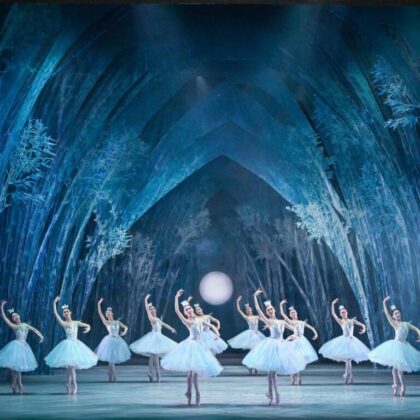
 Eat & Drink
Eat & Drink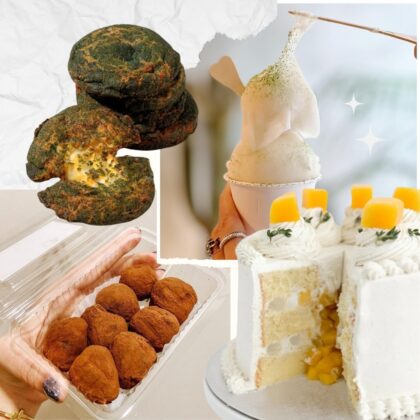


 Travel
Travel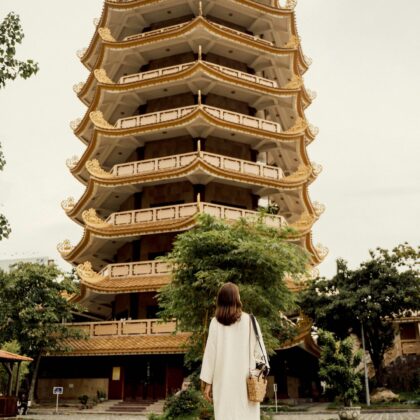
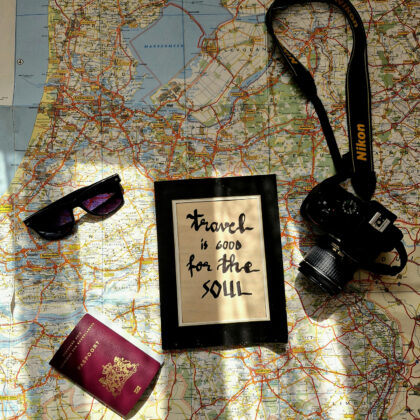
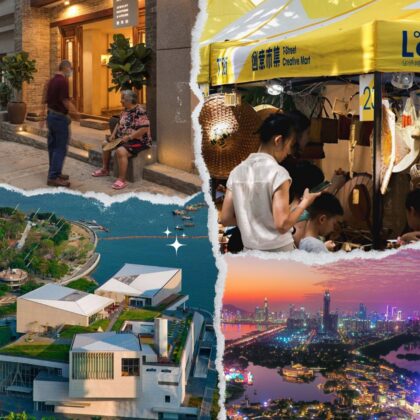
 Style
Style


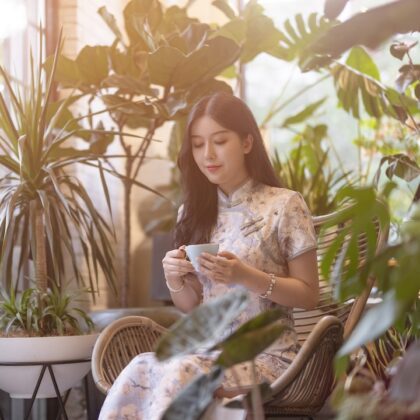
 Beauty
Beauty

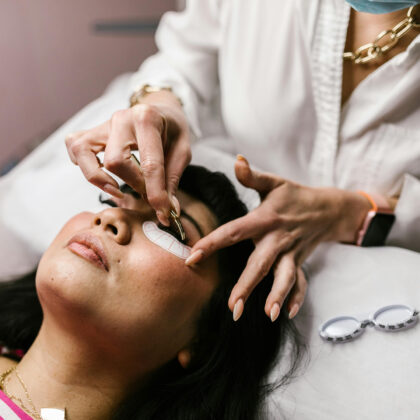

 Health & Wellness
Health & Wellness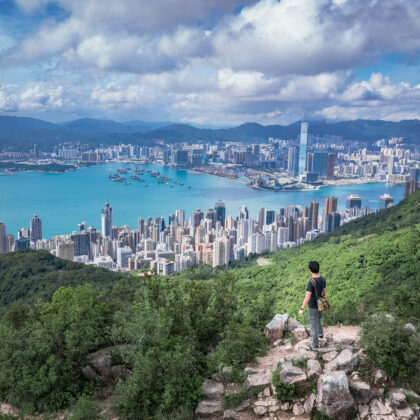
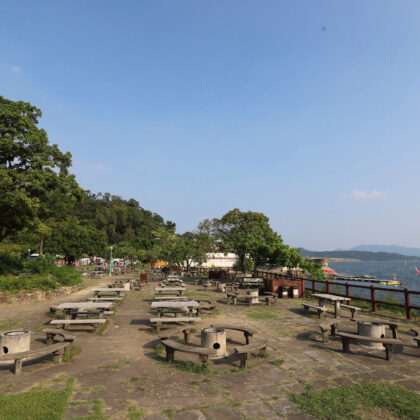


 Home & Decor
Home & Decor


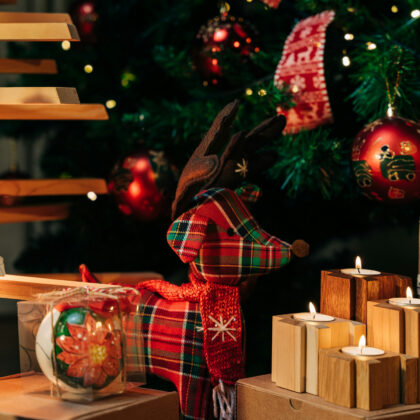
 Lifestyle
Lifestyle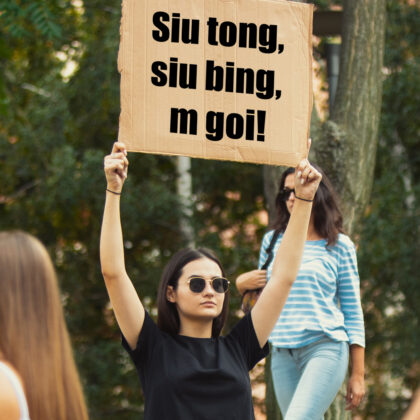


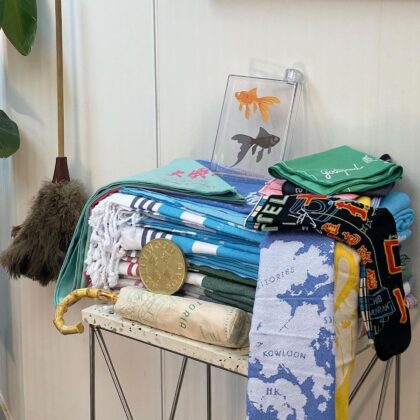
 Weddings
Weddings



